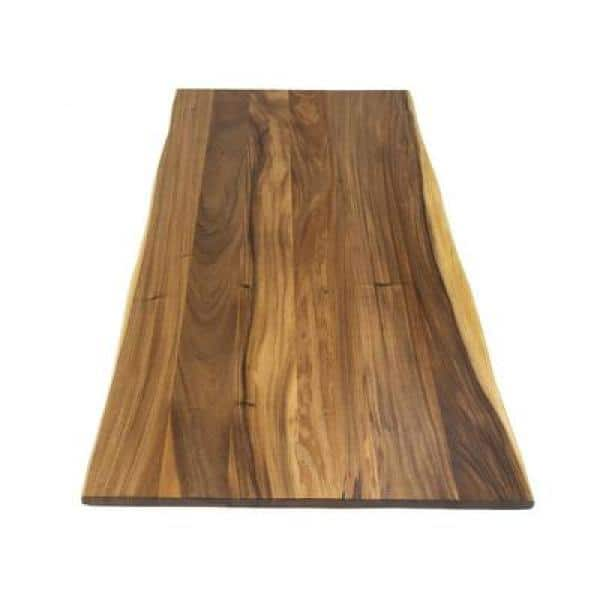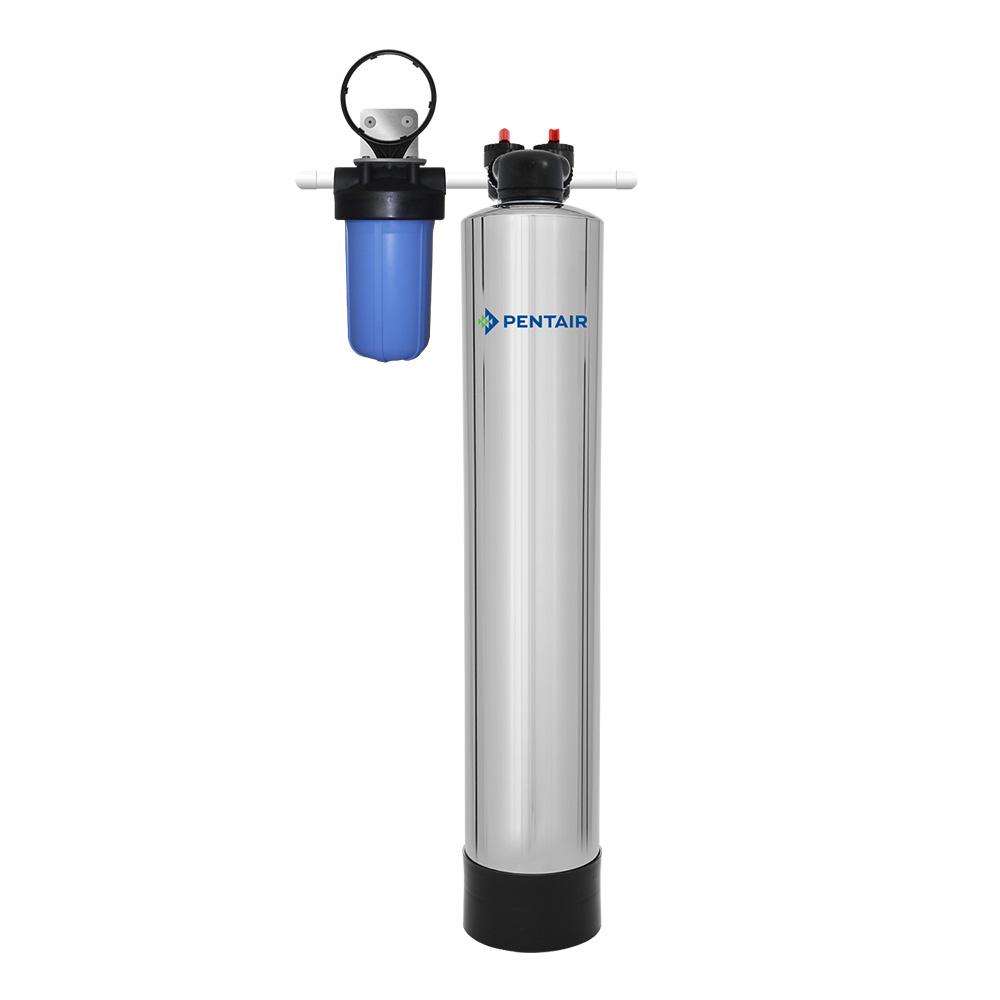Hampton Bay 6 ft. L x 39 in. D Finished Saman Solid Wood Butcher Block Island Countertop With Live Edge
Dimensions: 74 in. L x 39 in. D x 1.5 in. T. Acacia wood countertop offers longevity and timeless appeal. UV-finished butcher block stays fade-free with age.
Add a finishing touch to your kitchen with the solid wood saman Countertop. The countertop is with UV clear stain. This countertop is also easy to clean.
- Saman
- Saman countertop
- Butcher block countertop
- Kitchen countertop
- Countertop
- UV paint countertop
- Saman butcher block countertop
- Saman butcher block
Additional information
| Approximate Product Length (ft.) | 6 ft. |
|---|---|
| Product Depth (in.) | 39 in. |
| Product Length (in.) | 74 in. |
| Product Thickness (in.) | 1.5 in. |






by Scoe
it is lovely adds class with the beauty and the live edge.
by Rebecca
This is so thick and beautiful.
by Nomie
Awesome piece of wood.
by Nida
Used it as the top for a movable kitchen island. Came out great!